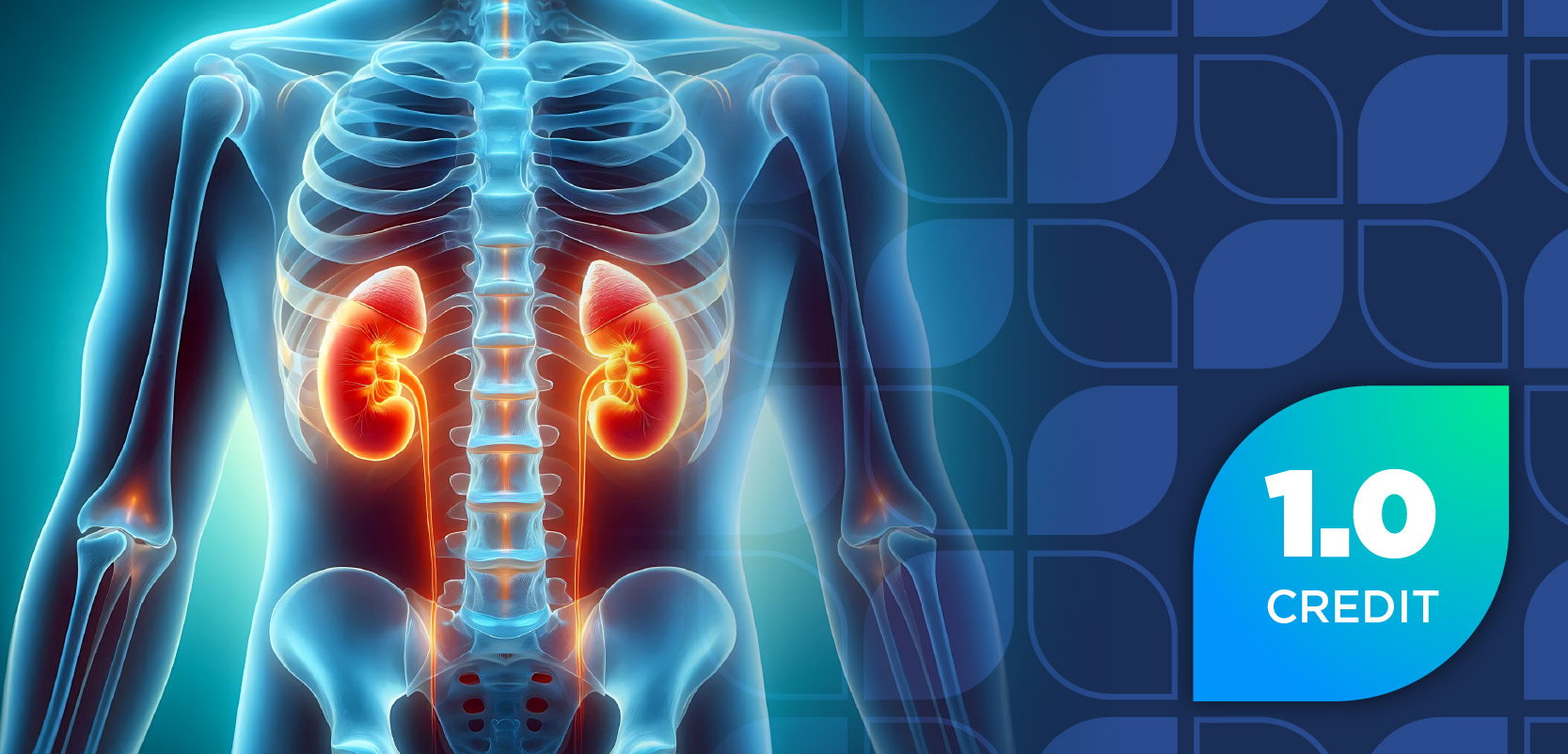
Mechanisms of Protein Associated with Alzheimer's Disease Discovered
Toxic versions of tau spreads between neurons through extracellular space.
Findings from a recent study suggest that a protein associated with Alzheimer’s disease can spread through extracellular space surrounding brain cells.
This protein, tau, carries nutrients and other necessary materials inside brain cells and neurons. However, when this protein malfunctions and becomes toxic, it tangles and stops transporting materials, which leads to cell death.
The toxic tau protein is characteristic of
“By learning how tau spreads, we may be able to stop it from jumping from neuron to neuron,” said senior author Karen Duff, PhD. “This would prevent the disease from spreading to other regions of the brain, which is associated with more severe dementia.”
Previously, researchers established that tau travels between neurons in mice brains. In the current study, researchers tracked the protein’s movement from neuron to neuron in mice.
Researchers discovered that neurons secrete tau into extracellular space, and is picked up by nearby cells. They also used optogenetics and chemogenetics, and found that increased neuron activity stimulated the release of tau, which leads to increased neurodegeneration.
The researchers noted that further work is needed to determine whether these findings are applicable in humans.
“This finding has important clinical implications,” Dr Duff concluded. “When tau is released into the extracellular space, it would be much easier to target the protein with therapeutic agents, such as antibodies, than if it had remained in the neuron.”
Newsletter
Stay informed on drug updates, treatment guidelines, and pharmacy practice trends—subscribe to Pharmacy Times for weekly clinical insights.


















































































































































































































